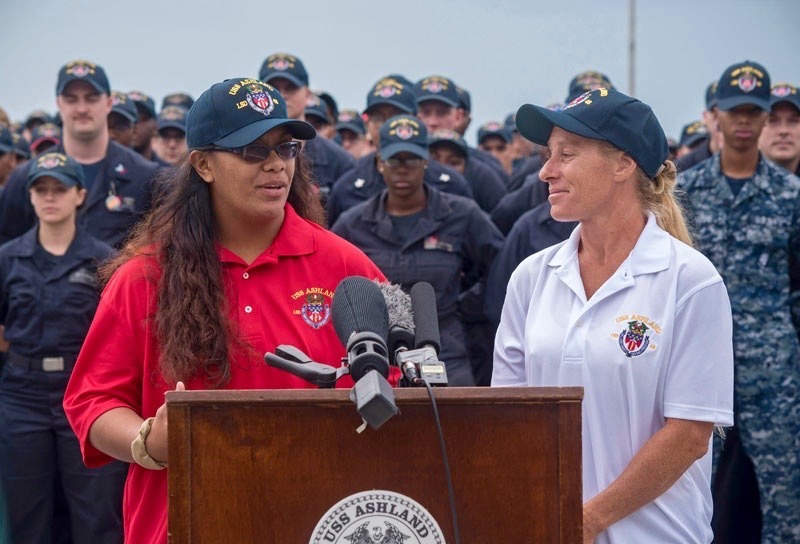
What Really Happened to Sea Nymph?
The bizarre story of the Sea Nymph — a Morgan 45 that had left Hawaii in May and was reportedly adrift for five months — is getting weirder by the day. There are still more questions than answers, but two facts have come to light:
First: Jennifer Appel and Tasha Fuiava, the two women aboard the Sea Nymph, did in fact have an EPIRB with them, but they never activated it. The women told reporters that they had a VHF, satellite phones and GPS, "but didn’t mention the EPIRB," according to an article by Snopes.
Appel reportedly told the Associated Press that their situation was not yet serious enough to merit using their emergency beacon. NPR quoted Appel as saying "EPIRB calls are for people who are in an immediate life threatening scenario. It would be shameful to call on the [Coast Guard] resources when not in imminent peril and allow someone else to perish because of it . . . Our hull was solid, we were floating, we had food, we had water and we had limited maneuverable capacity. All those things did not say we are going to die."

But wait — Appel also said "had [the Navy] not been able to locate us, we would have been dead within 24 hours," at a press conference (we believe onshore in Okinawa) shortly after the rescue.
Apparently, the women were referring to a tow they got from the Taiwanese fishing boat that originally found the Sea Nymph and radioed the Coast Guard. They said it was "absolutely phenomenal the amount of damage" that the fishing vessel did to the structure of the Sea Nymph.
"We thought we had it bad during the entire trip, and then that 24 hours of being towed, I kid you not, that was the scariest moment of the entire trip," Fuiava said, according to NPR. Appel was quoted as saying that the Navy "saved our lives, not from the ocean, but from the vessel that was trying to render assistance to us. Had they not been able to locate us, we would have been dead within 24 hours."
(There were reports that Appel modified the Morgan 45, which other news outlets have called a "50 foot boat," with "six tons of fiberglass to make the hull stronger and had extended its keel to add stability," NPR said.)
Second: Appel and Fuiava said they were in a severe storm almost immediately after leaving Honolulu on May 3. But according to NPR, "the National Weather Service told the AP that there was no organized storm system near Hawaii on May 3 or the following days." Appel was reportedly surprised when told this, and said she received a storm warning from the Coast Guard on their May 3 departure day.
The mounting questions and skepticism about the Sea Nymph have many of us in the sailing world scratching our heads, with some people crying foul. We will continue to keep you updated as more facts emerge.
